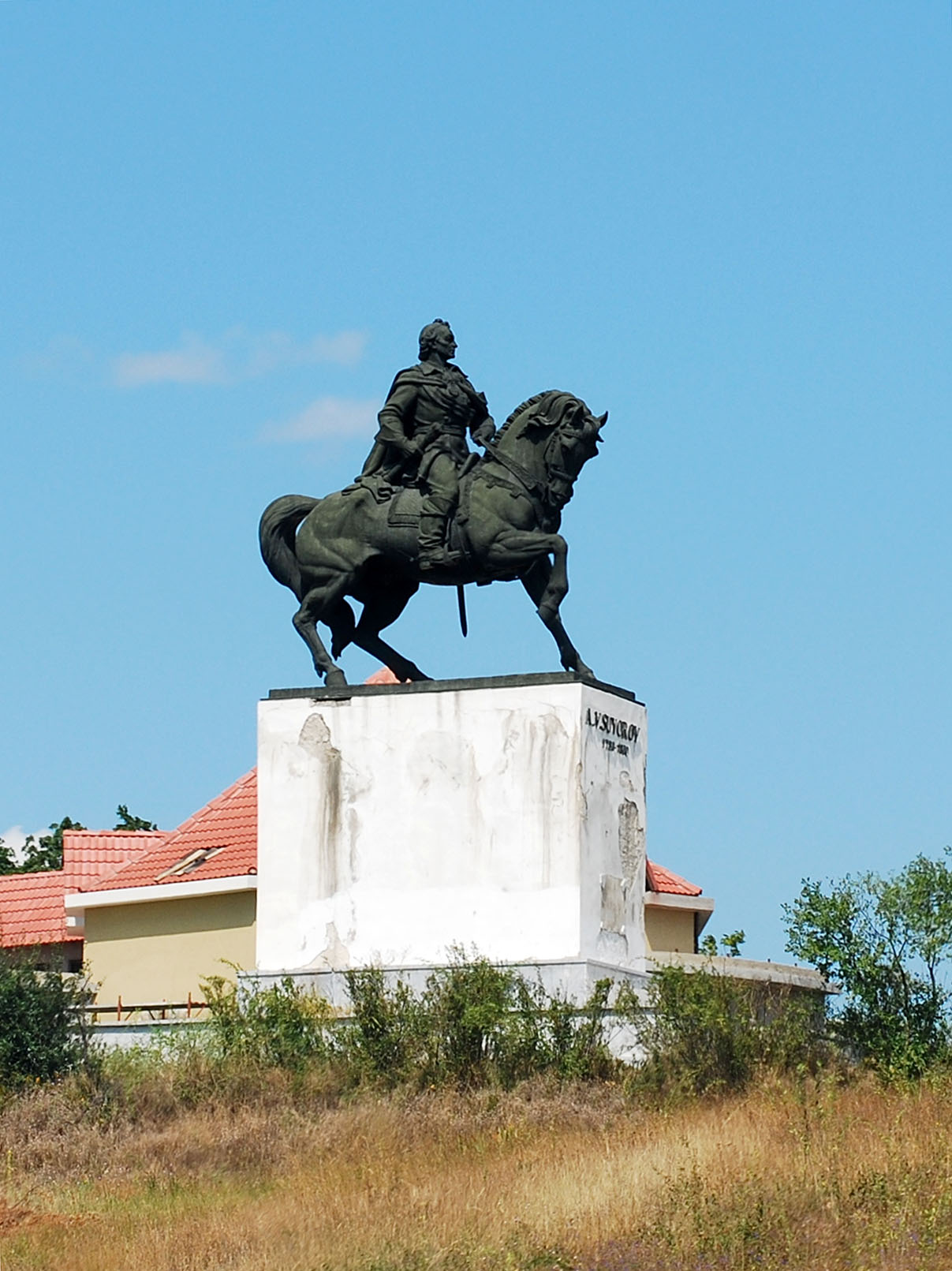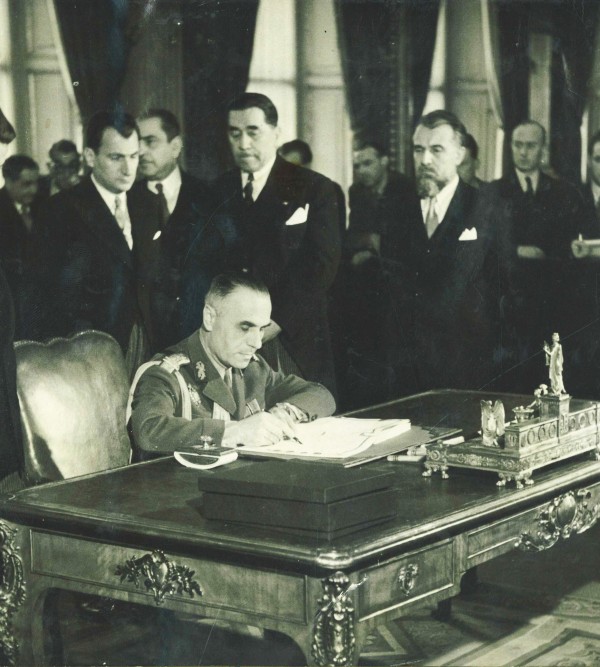|
Cosmești, Galați
Cosmești is a commune in Galați County, Western Moldavia, Romania Romania is a country located at the crossroads of Central Europe, Central, Eastern Europe, Eastern and Southeast Europe. It borders Ukraine to the north and east, Hungary to the west, Serbia to the southwest, Bulgaria to the south, Moldova to ... with a population of 5,196 people. It is composed of six villages: Băltăreți, Cosmești, Cosmeștii-Vale, Furcenii Noi, Furcenii Vechi, and Satu Nou. The commune lies on the Moldavian Plateau, on the banks of the Siret River. It is located in the western part of the county, on the border with Vrancea County. Natives * Ion Bîrlădeanu (born 1958), sprint kayaker * Dumitru Dămăceanu (1896–1978), army officer in World War II, who played a predominant role in the 1944 Romanian coup d'état. References {{DEFAULTSORT:Cosmesti, Galati Communes in Galați County Localities in Western Moldavia ... [...More Info...] [...Related Items...] OR: [Wikipedia] [Google] [Baidu] |
Commune In Romania
A commune (''comună'' in Romanian language, Romanian) is the lowest level of administrative subdivision in Romania. There are 2,686 communes in Romania. The commune is the rural subdivision of a Counties of Romania, county. Urban areas, such as towns and cities within a county, are given the status of ''Cities in Romania, city'' or ''Municipality in Romania, municipality''. In principle, a commune can contain any size population, but in practice, when a commune becomes relatively urbanised and exceeds approximately 10,000 residents, it is usually granted city status. Although cities are on the same administrative level as communes, their local governments are structured in a way that gives them more power. Some urban or semi-urban areas of fewer than 10,000 inhabitants have also been given city status. Each commune is administered by a mayor (''primar'' in Romanian). A commune is made up of one or more villages which do not themselves have an administrative function. Communes ... [...More Info...] [...Related Items...] OR: [Wikipedia] [Google] [Baidu] |
Galați County
Galați () is a county (județ) of Romania, in Moldavia region, with the capital city at Galați, between latitude, 45°25'N and latitude, 46°10'N latitude, longitude, 27°20'E and longitude, 28°10'E longitude. It borders the counties of Vaslui County, Vaslui, Vrancea County, Vrancea, Brăila County, Brăila, Tulcea County, Tulcea. To the east it borders the Republic of Moldova, the border crossing points being Galați–Giurgiulești (road and broad-gauge railway) and Oancea–Cahul (road). The county was established in 1968, through the territorial reorganization of the former , which included a territory similar to that of the current Brăila and Galați counties, plus the northern part of Tulcea County. Galați County is part of the ''Sud-Est (development region), South-East Development Region'' (together with the counties of Vrancea, Buzău, Brăila, Constanța and Tulcea), of the ''Lower Danube (Euroregion), Lower Danube Euroregion'' (together with the counties of ... [...More Info...] [...Related Items...] OR: [Wikipedia] [Google] [Baidu] |
Western Moldavia
Western Moldavia (, ''Moldova de Apus'', or , also known as Moldavia, is the core historic and geographical part of the former Principality of Moldavia situated in eastern and north-eastern Romania. Until its union with Wallachia in 1878, the Principality of Moldavia also included, at various times in its history, the regions of Bessarabia (with the Budjak), all of Bukovina, and Hertsa; the larger part of the former is nowadays the independent state of Moldova, while the rest of it, the northern part of Bukovina, and Hertsa form territories of Ukraine. Moldavia consists of eight counties, spanning over 18% of Moldova's territory. Six out of the 8 counties make up Moldavian's designated Nord-Est development region, while the two southern counties are included within Moldavian's Sud-Est development region. It comprises roughly 48.67% of the wider region of Moldavia. Etymology The names ''Moldavia'' and ''Moldova'' are derived from the name of the Moldova River; howeve ... [...More Info...] [...Related Items...] OR: [Wikipedia] [Google] [Baidu] |
Romania
Romania is a country located at the crossroads of Central Europe, Central, Eastern Europe, Eastern and Southeast Europe. It borders Ukraine to the north and east, Hungary to the west, Serbia to the southwest, Bulgaria to the south, Moldova to the east, and the Black Sea to the southeast. It has a mainly continental climate, and an area of with a population of 19 million people. Romania is the List of European countries by area, twelfth-largest country in Europe and the List of European Union member states by population, sixth-most populous member state of the European Union. Europe's second-longest river, the Danube, empties into the Danube Delta in the southeast of the country. The Carpathian Mountains cross Romania from the north to the southwest and include Moldoveanu Peak, at an altitude of . Bucharest is the country's Bucharest metropolitan area, largest urban area and Economy of Romania, financial centre. Other major urban centers, urban areas include Cluj-Napoca, Timiș ... [...More Info...] [...Related Items...] OR: [Wikipedia] [Google] [Baidu] |
Moldavian Plateau
The Moldavian Plateau () is a geographic area of the historical region of Moldavia, spanning nowadays the east and northeast of Romania, most of Moldova (except the south), and most of the Chernivtsi Oblast of Ukraine (where it is known as the ''Pokuttian-Bessarabian Upland''). Limits The Moldavian Plateau is bounded (in clockwise order), as follows. * To the west by the Eastern Carpathian Mountains (). * To north and north-east by the Podolian Plateau (). * To the east and south east by Black Sea Lowland across which to the east stretches the Pontic Plain (), part of the Eurasian Steppe () and to the south towards the Black Sea the Bugeac Plain (), comprising in Moldova. * To the south by the Romanian Plain (also known as the Wallachian Plain) and the Bărăgan Plain (). * To the southwest by the Vrancea Hills (), part of the Sub Carpathians (also known as the Curvature Carpathians) (). The Moldavian Plateau comprises over two-thirds of the territory of the medieval Principalit ... [...More Info...] [...Related Items...] OR: [Wikipedia] [Google] [Baidu] |
Siret (river)
The Siret or Sireth (, , , ) is a river that rises from the Carpathians in the Northern Bukovina region of Ukraine, and flows southward into Romania before it joins the Danube. It is long,Planul de management al spațiului hidrografic Siret Administrația Națională Apele Române of which a section is in Romania, and its basin area is , of which in Romania. Its average discharge is . In ancient times, it was named ''Hierasus ... [...More Info...] [...Related Items...] OR: [Wikipedia] [Google] [Baidu] |
Vrancea County
Vrancea () is a county (județ) in Romania, with its seat at Focșani. It is mostly in the historical region of Moldavia but the southern part, below the Milcov (Siret), Milcov River, is in Muntenia. Demographics At the 2021 Romanian census, 2021 census, the county had a population of 335,312 and a population density of . * Romanians – over 98% * Romani people in Romania, Romani, Minorities of Romania, others – 2%. Geography Vrancea County covers an area of . A curvedly shaped mountainous area, known in Romanian as the ''Sub Carpathians, Carpații de Curbură'', lies in the western part of the county, at the Southern end of the Eastern Carpathians, with heights over . To the East, the heights decrease into hilly areas and the lower valley of the Siret (river), Siret River. The main tributary of the Siret, which crosses the county, is the Putna (Siret), Putna River. A right tributary of the Putna is the Milcov (Siret), Milcov, a river that divides Moldavia from Munteni ... [...More Info...] [...Related Items...] OR: [Wikipedia] [Google] [Baidu] |
Ion Bîrlădeanu
Ion Bîrlădeanu (born 1 August 1958) is a retired Romanian sprint kayaker. He won a bronze medal in the K-1 1000 m event at the 1980 Olympics, placing sixth in the doubles. He also won seven medals at the ICF Canoe Sprint World Championships with a gold (K-2 10000 m: 1979), five silvers (K-1 500 m: 1981, K-1 1000 m: 1979, 1981; K-2 500 m: 1978 Events January * January 1 – Air India Flight 855, a Boeing 747 passenger jet, crashes off the coast of Bombay, killing 213. * January 5 – Bülent Ecevit, of Republican People's Party, CHP, forms the new government of Turkey (42nd ..., K-4 1000 m: 1978), and one bronze (K-2 10000 m: 1981). Bîrlădeanu spent most of his career with Steaua București, and after retiring from competitions worked as a coach there. Later he trained the national junior and senior teams, and in 2005 became president of the Romanian Canoe and Kayak Federation. References External links * * 1958 births Canoeists at the 1980 Summer Olym ... [...More Info...] [...Related Items...] OR: [Wikipedia] [Google] [Baidu] |
Dumitru Dămăceanu
Dumitru Dămăceanu (17 July 1896 – 27 September 1978) was a Romanian army officer in World War II, later promoted to brigadier-general, who played a predominant role in the royal coup of August 23, 1944. Military and diplomatic career Before World War II Dămăceanu was born in the village of Cosmești, in Galați County, Romania Romania is a country located at the crossroads of Central Europe, Central, Eastern Europe, Eastern and Southeast Europe. It borders Ukraine to the north and east, Hungary to the west, Serbia to the southwest, Bulgaria to the south, Moldova to .... He attended the Costache Negruzzi National College, Costache Negruzzi Boarding High School of Iași, and then the Military School for Cavalry Officers in Târgoviște, graduating in 1916 with the rank of second lieutenant. He then fought in the Romania during World War I, Romanian campaign of World War I with the 6th Regiment ''Roșiori (military unit), Roșiori''. After the war, he pursued his mili ... [...More Info...] [...Related Items...] OR: [Wikipedia] [Google] [Baidu] |
1944 Romanian Coup D'état
Events Below, the events of World War II have the "WWII" prefix. January * January 2 – WWII: ** Free France, Free French General Jean de Lattre de Tassigny is appointed to command First Army (France), French Army B, part of the Sixth United States Army Group in North Africa. ** Landing at Saidor: 13,000 US and Australian troops land on Papua New Guinea in an attempt to cut off a Japanese retreat. * January 8 – WWII: Philippine Commonwealth troops enter the province of Ilocos Sur in northern Luzon and attack Japanese forces. * January 11 ** United States President Franklin D. Roosevelt proposes a Second Bill of Rights for social and economic security, in his State of the Union address. ** The Nazi German administration expands Kraków-Płaszów concentration camp into the larger standalone ''Konzentrationslager Plaszow bei Krakau'' in occupied Poland. * January 12 – WWII: Winston Churchill and Charles de Gaulle begin a 2-day conference in Marrakech. * Janua ... [...More Info...] [...Related Items...] OR: [Wikipedia] [Google] [Baidu] |
Podul De La Cosmeşti înainte De Distrugere
Podul may refer to: *Podul Grant, bridge for motorway and lightrail in Bucharest, Romania *Podul Lung, a village in Sipoteni village, Călăraşi district, Moldova *Podul Popii, tributary of the river Bașeu in Romania *Podu (other) Podu ( Romanian for "the bridge") starts off the names of several places in Romania. It is also a traditional system of cultivation used by tribes in India, whereby different areas of jungle forest are cleared by burning each year to provide land f ..., several places in Romania * Typhoon Podul (other) used to name two tropical cyclones in the northwestern Pacific Ocean {{disambiguation ... [...More Info...] [...Related Items...] OR: [Wikipedia] [Google] [Baidu] |




